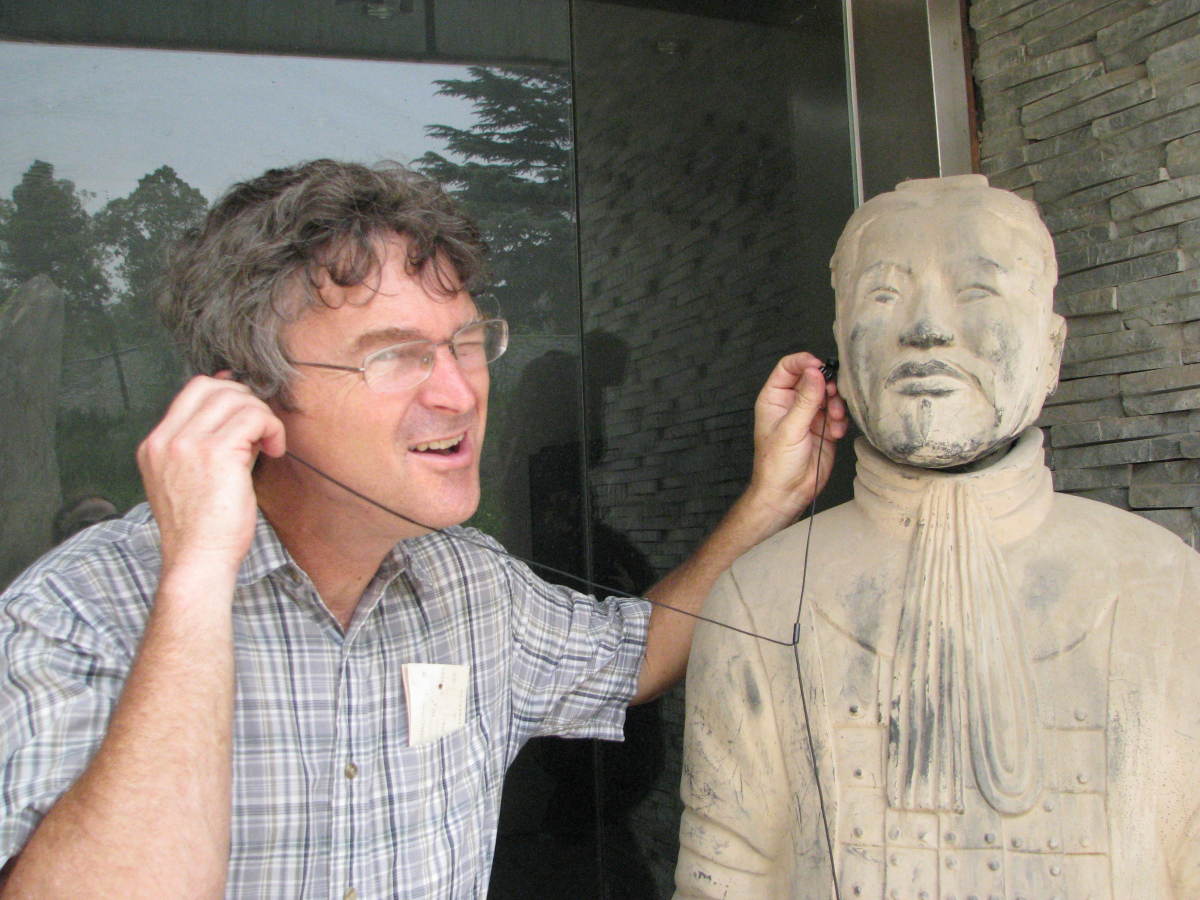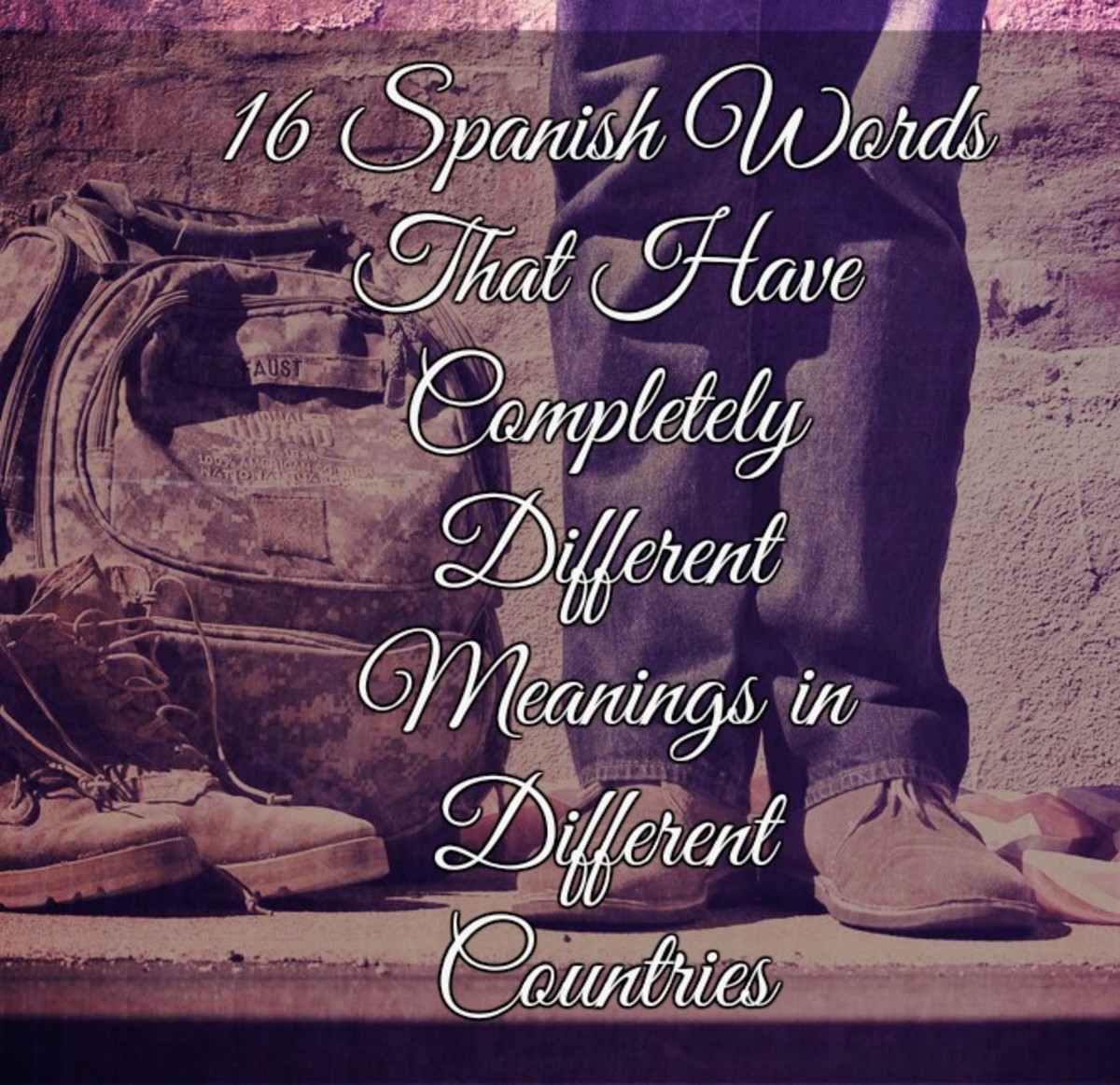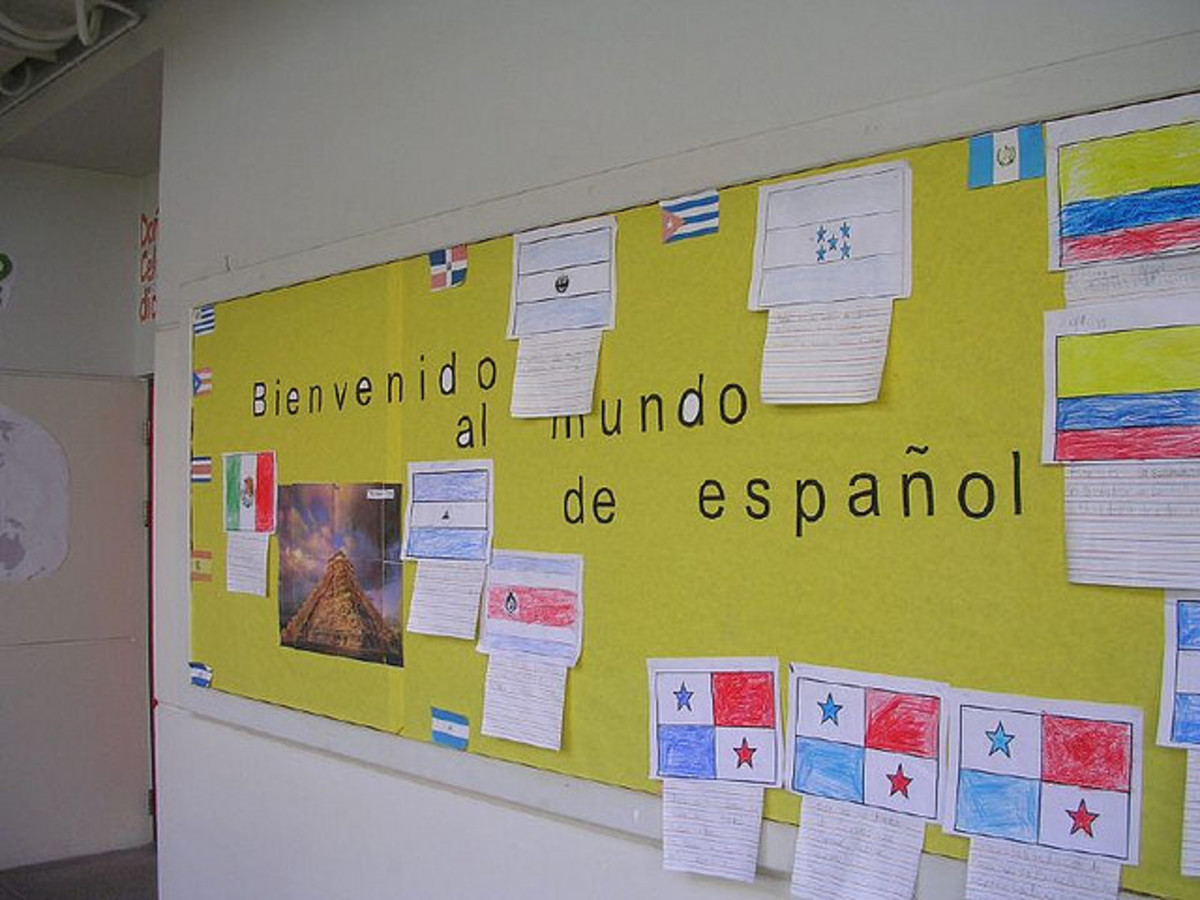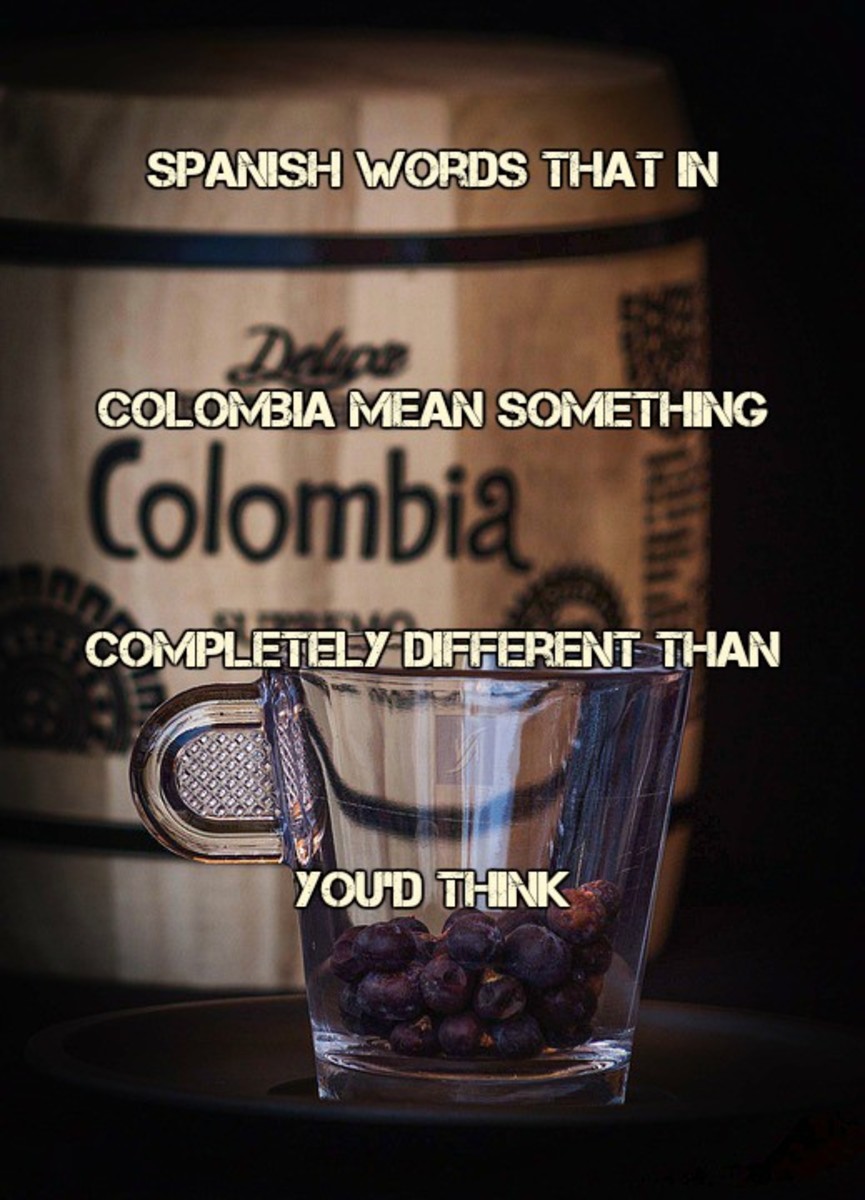Spanish Lesson Thirteen: Ir + A + Inf.

Before You Read
Welcome back!
This week we're going to be on lesson thirteen. These lessons are designed for you to go at your own pace and be as fluent as you'd like. Now for those hardcore Spanish geeks like me, you'll hopefully be sticking around for the duration of these lessons (that currently have no end). If you're joining us for the first time, feel free to go back to the first lesson or any other previous lessons that you'd like. The link is provided below after the explanation of this week's lesson.
Last week we discussed Spanish Conjunctions and Telling Time.If you'd like to review that lesson, take a look at Lesson Twelve In this lesson, we will discuss Saying What You're Going To Do in the Spanish language and also Spanish Adverbs.

Today's Vocabulary
Today we are discussing Spanish Adverbs. They mirror that of English and can help us really give better detail in our sentences. These are words that you can definitely use in discussion. If you don't remember what an adverb in English is, I don't blame you. Sometimes it takes a reminder, check out this School House Rock Video.
Also, there will be a list of activities to correspond with Saying What You're Going To Do.
Leer: To Read
Bailar: To Dance
Mirar: To Watch
Jugar: To Play
Visitar: To visit
Saltar: To Jump
Correr: To Run
Trabajar: To Work
Hacer: To Do/ To Make
Comer: To Eat
Quite: Bastante
All The Time: Todas las veces
Sometimes: A veces
Never: Nunca/ Jamás
Now: Ahora
Then: Entonces
Soon: Pronto
Everywhere: En todas partes
Anywhere: Dondequiera
Nowhere: En ninguna parte
Note: There are many more Adverbs that can be added to this list, however these are the most common. We may revisit them in a later lesson.

Warm-Up
Take a look back at Lesson Seven and review the conjugation of the verb Ir which means "To Go" in Spanish. This verb is essential to discussing What You're Going To Do. Also be mindful that Ir sounds just like the word "ear" in Spanish. Chart For Ir---> Here
Spanish Adverbs
Spanish Adverbs are so useful in conversation. They can tell you exactly, how, when, why, and to what extent things have happened. Just like in English, these words can enhance your meaning of what you're trying to say. The list above are common adverbs that will help you explain. Below are some Essential adverbs that are important.
Tan means so. Estoy tan cansado. I am so tired.
Tanto/Tantos means so much/so many. Tengo tantos libros. I have so many books
Todavía means still. Todavía estoy triste. Still I am sad.
Also remember that when dealing with time, manner, compare, contrast, condition or reason, you'll need to use an adverb. You can also make your own adverbs by adding -mente to the end of an adjective in most cases. The adjective also becomes feminine when combined with -mente.
Completamente: Completely
Inmediamente: Immediately
Perfectamente: Perfectly
In some cases you can create an adverb by adding más to another adverb. This also works when dealing with adjectives and creating words like: Smarter, Easier, Harder, etc.
Más pronto: Sooner
Más tarde: Later
Rule: When two adverbs are modifying the same verb, only the second adverb takes on the -mente ending. (This is something I've learned for the first time today!!)
Leo rápido y perfectamente. I read quickly and perfectly.
Saying What You're Going To Do
Saying what you're going to do must be said by using a combination of words. The following is the formula for saying what you, someone, is going to do.
Ir + a + inf.
This formula means the conjugated verb Ir plus the word A plus an Infinitive Verb. So in order to create the phrase you must conjugate the verb Ir to reflect the subject, add the word A and then your infinitive to complete the thought. Here, take a look at this example:
Voy a visitar mi amigo.
This phrase has ir conjugated in the yo form, the word a, plus the infinitive to complete the thought. I added Mi amigo to the sentence (my friend) to complete the thought. You can also add corresponding adverbs to this sentence like más tarde (later), mañana (tomorrow), esta noche (tonight), or others. If you want to change the subject, go back and conjugate the verb ir to reflect so. Check your chart if you're having trouble remembering. Try to make compound sentences to help your fluency. You know how to express time, maybe you can add something to that. Take this phrase up for a gander.
Es la una. Voy a salir. That phrase means It's one o' clock. I am going to leave. It's got a weird feel to it, but it'll help you in the long run. Saying What You Should Do and What You Want To Do also require a set of rules that should be followed. Keep that in mind as we continue learning Spanish "A Little At A Time."
Here's one last sentence, combining everything you've learned so far. Try to come up with some on your own.
Para llegar a la una, tengo que salir a mediodía. Voy a comer ahora. In order to arrive at one, I have to leave at noon. I am going to eat now.
Note: I know it's complicated. Sometimes it's hard to remember all of this stuff. I suggest you do research on your own as well to remind yourself the meaning of these words. Also don't be afraid to ask me or seek the assistance of your nearest native/fluent speaker.

Homework
Your homework for today is watch the videos below that correspond with Lesson Eight: Ser Vs. Estar. I found these videos on youtube by senorbelles. He's really awesome and these videos will definitely help you understand the difference between Ser and Estar. Take a look!!
Also in the coming lessons we will be discussing a great deal more about grammar and how to say things such as:
- What Should You Do?
- What Do You Want To Be When You Grow Up?
- What Do You Like And Dislike?
- What Are You Doing?
Next week we will be discussing Food and Dining! Make sure you show up for that one! :)
Fine Note: Also, we've gone through all the common parts of speech. There are still several other things to go over, but they will have their own lessons. Starting next week your vocabulary will either match the theme of the week's lesson or have a variety of nouns, adjectives, and verbs.
Are The Lessons Helping You?
Links Used As References
- Spanish Adverbs
Spanish grammar discussion: adverbs. - Spanish Adverbs
This page contains a course in Spanish Adverbs of time place manner and frequency as well as a list of other lessons in grammar topics and common expressions in Spanish. - Introduction to Spanish Adverbs — Spanish Grammar
Learn about the types of adverbs in Spanish and how they are used. This lesson is part of the 'Spanish for Beginners' series at About.com.








